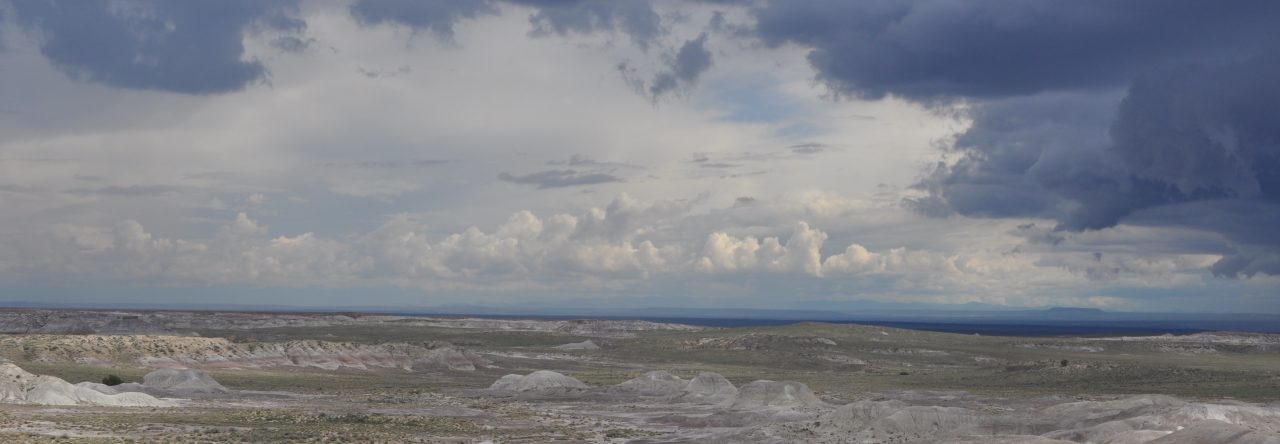OUTING SYSTEM
As part of the school plan the outing system is practiced each year. Students have no difficulty securing positions, the girls in the best families in Southern California and the boys on ranches or other industrial lines. The extensive production of oranges, berries, and other fruits, cantaloupes, and grain furnish employment for the boys at all seasons. The practice of sending out students for experience and to earn a little money during vacation is an advantage to the students, but it is not compulsory. The wishes of the individual and of parents, if necessary, are always consulted. – Sherman Institute Booklet (1908), Sherman Indian Museum, Riverside, California
One of the gaps in the historiography of Indian boarding schools is a book length study on the Outing System. Government officials established Outing programs at off-reservation Indian boarding schools to create an Indian working class. At Sherman Institute, the boys labored on farms and ranches, while the girls worked in homes in the greater Riverside community.
Although school officials wanted the girls to be exposed to the so-called civilizing influences of white Americans, the system ultimately “trained” girls to become domestic servants. The girls often spent their days cleaning, making food, and taking care of children who belonged to white families.
In BEYOND THE MESAS, Eilene Randolph and Leslie Robledo from the village of Bacavi on Third Mesa note that Hopi girls at Sherman did not have trouble securing work in the school’s Outing program. Hopis had a reputation of being “hard workers,” and the people in the community routinely “hired up” the girls to work in their homes.
Local farmers were also eager to employ Hopi boys to work in their fields and orchards. The boys had come from an agricultural based society and used their knowledge of planting and harvesting in Southern California.
While I have written more about the Outing System in my book Education beyond the Mesas: Hopi Students at Sherman Institute, 1902-1929, and other scholars have examined the topic in their works, a comprehensive study (book) devoted entirely to this important program has yet to be published.
Matthew Sakiestewa Gilbert
